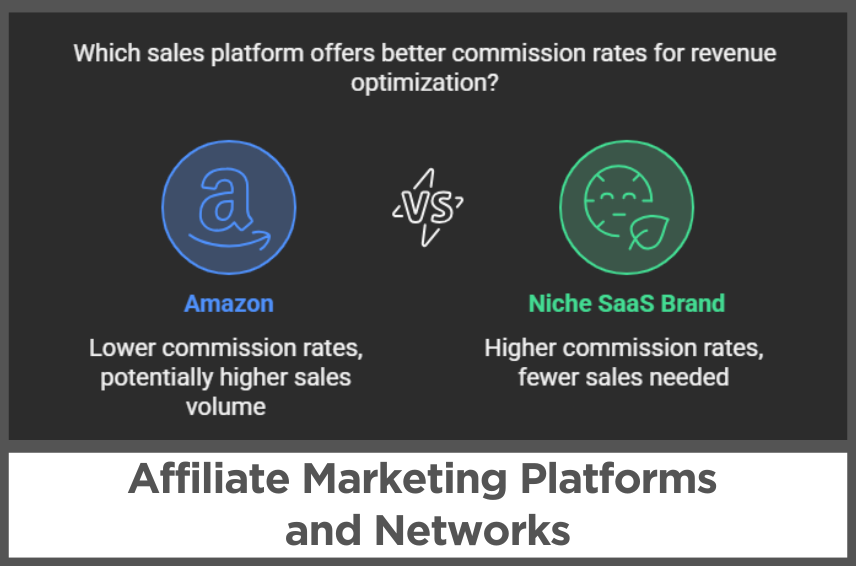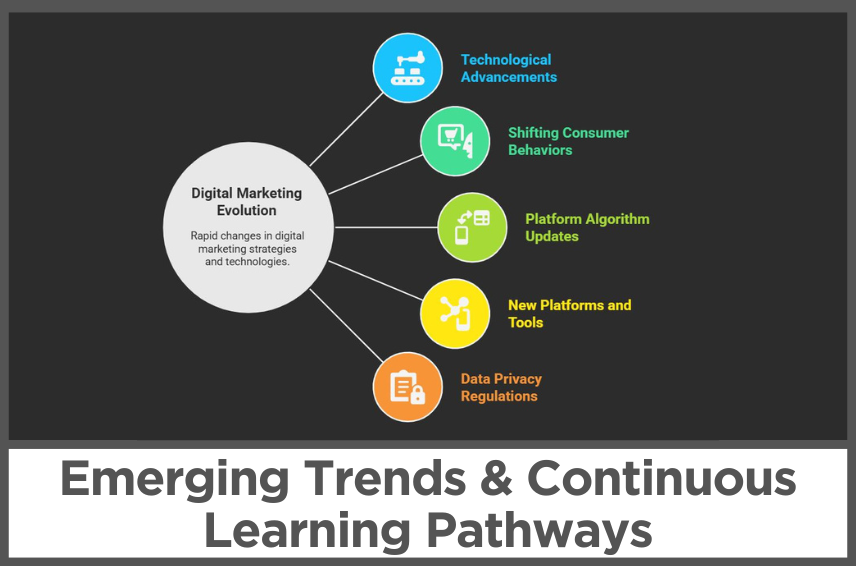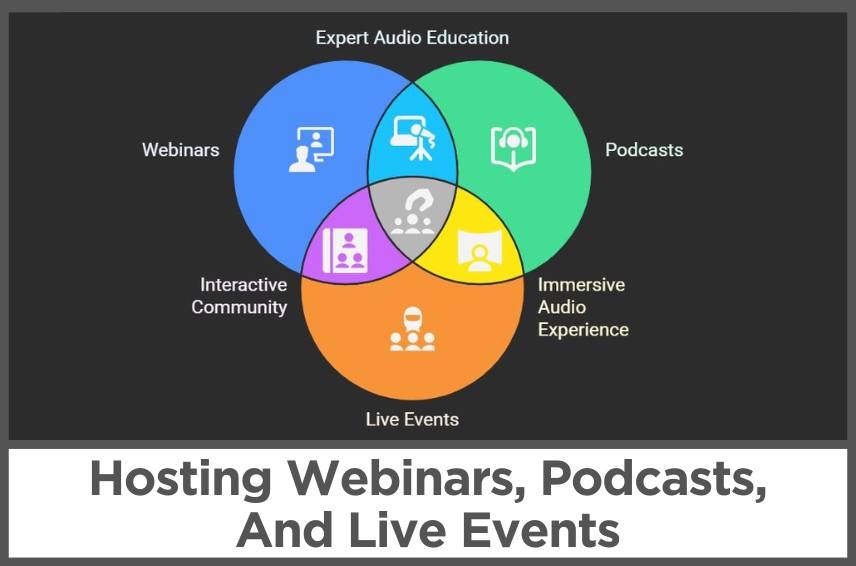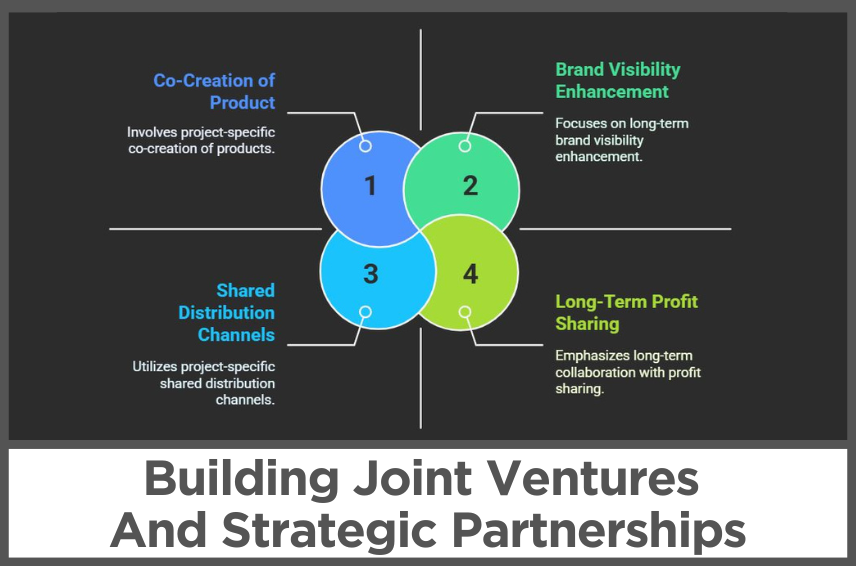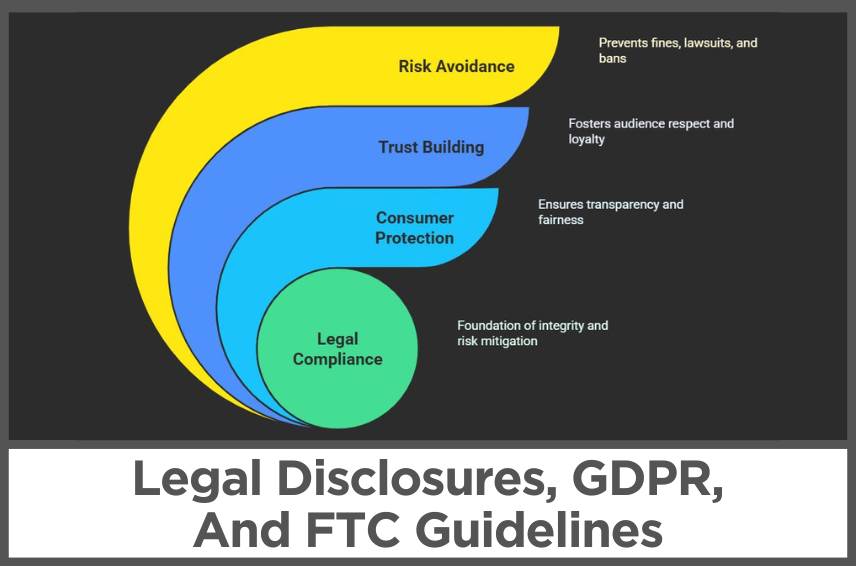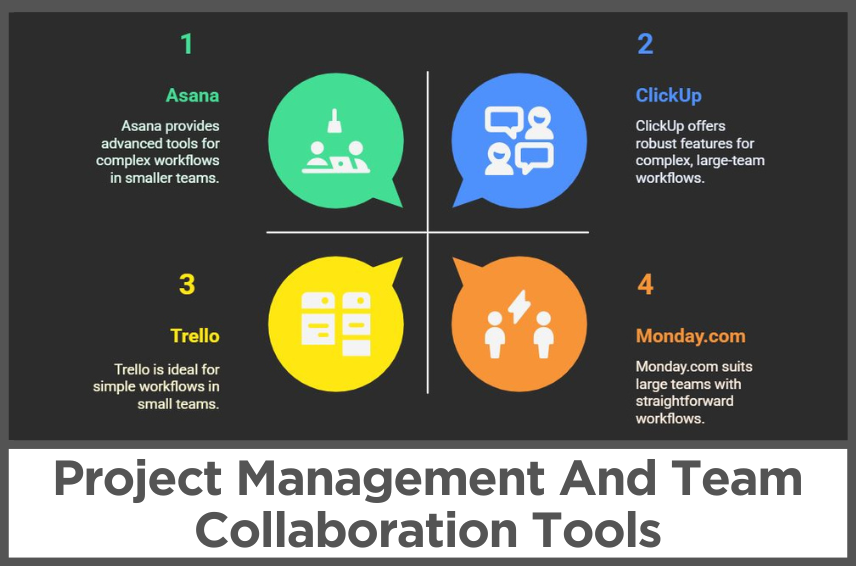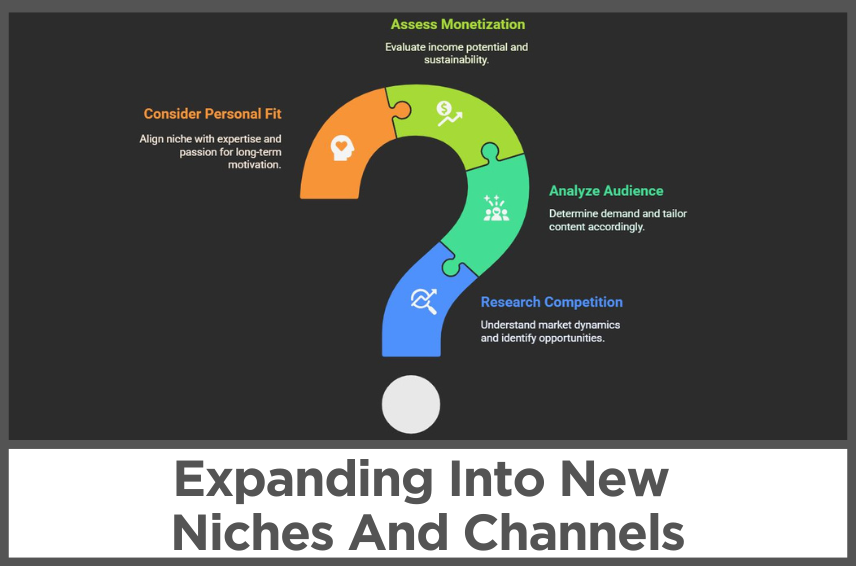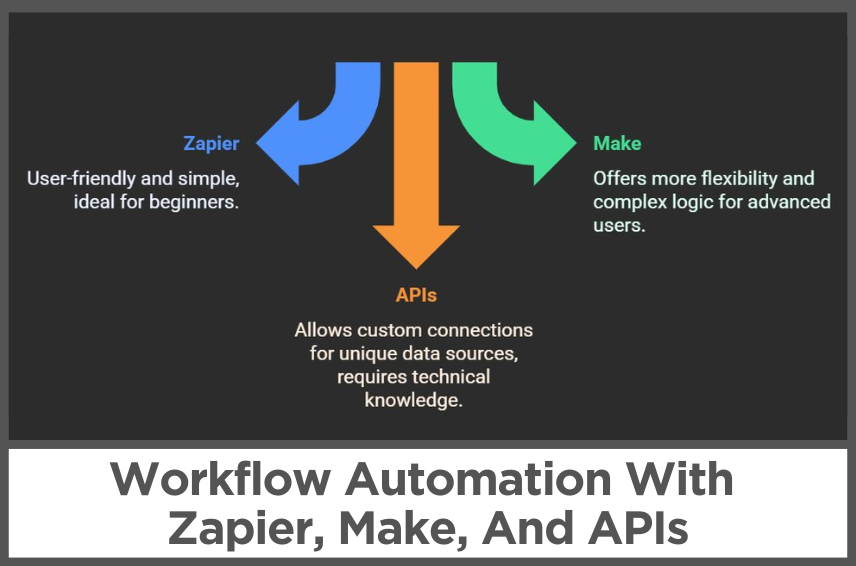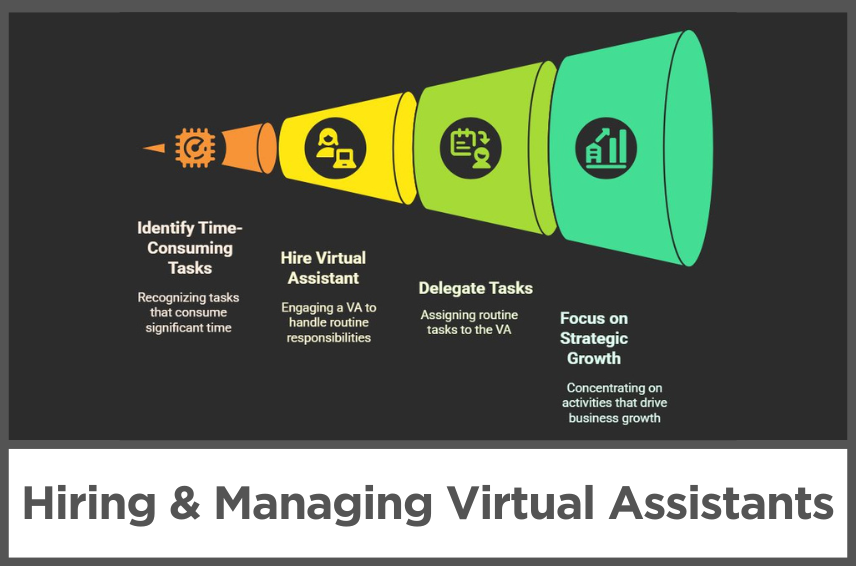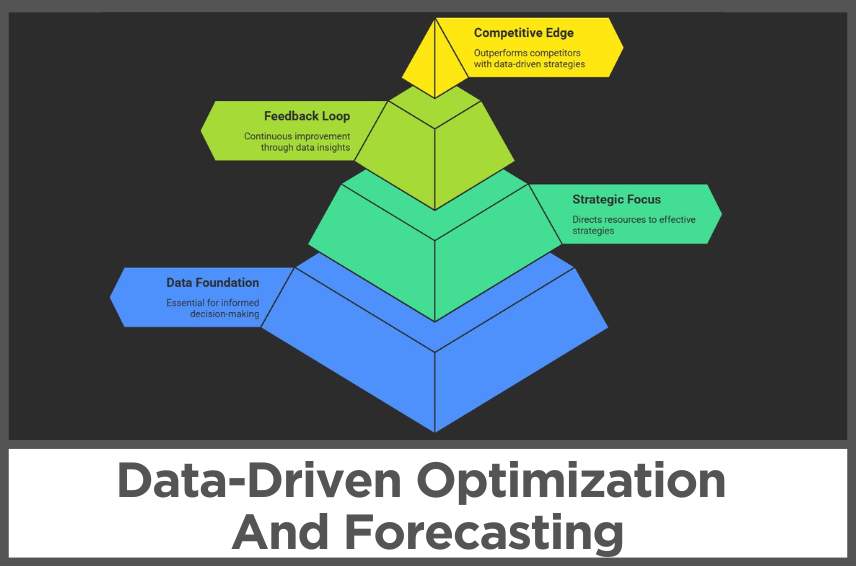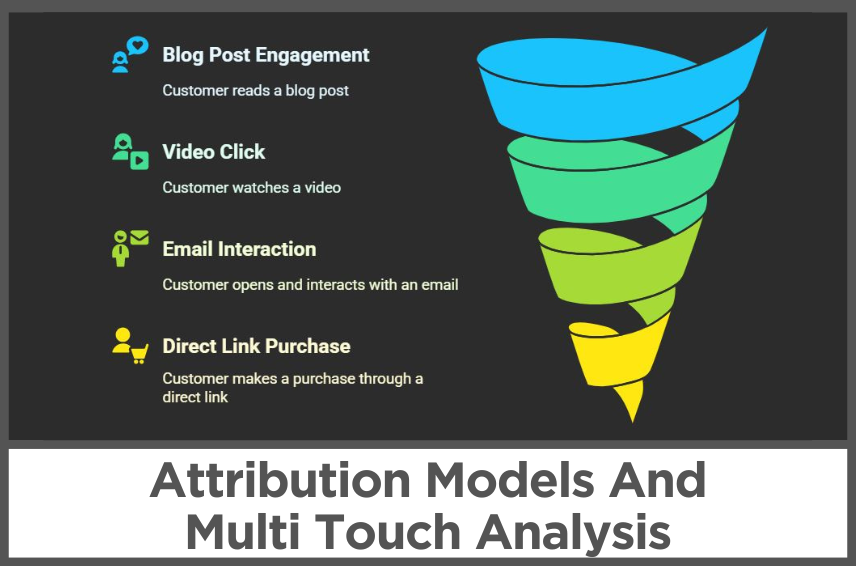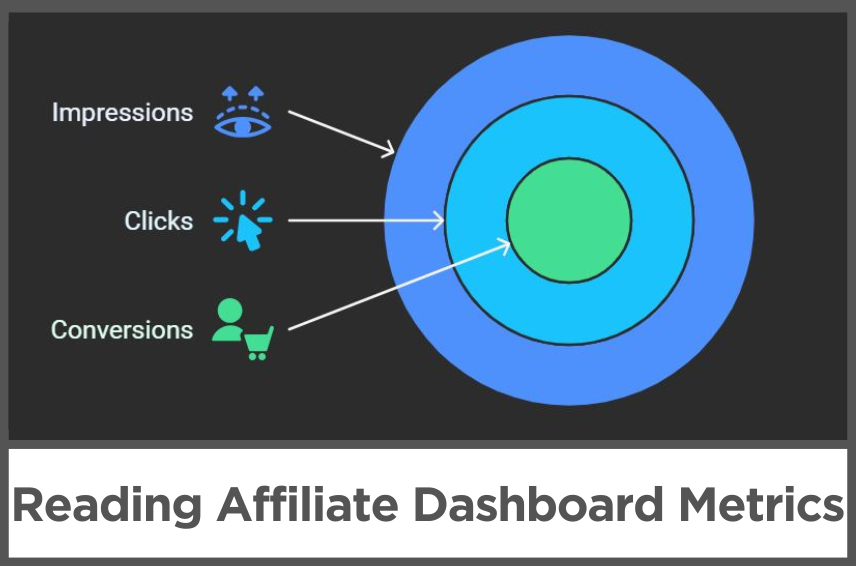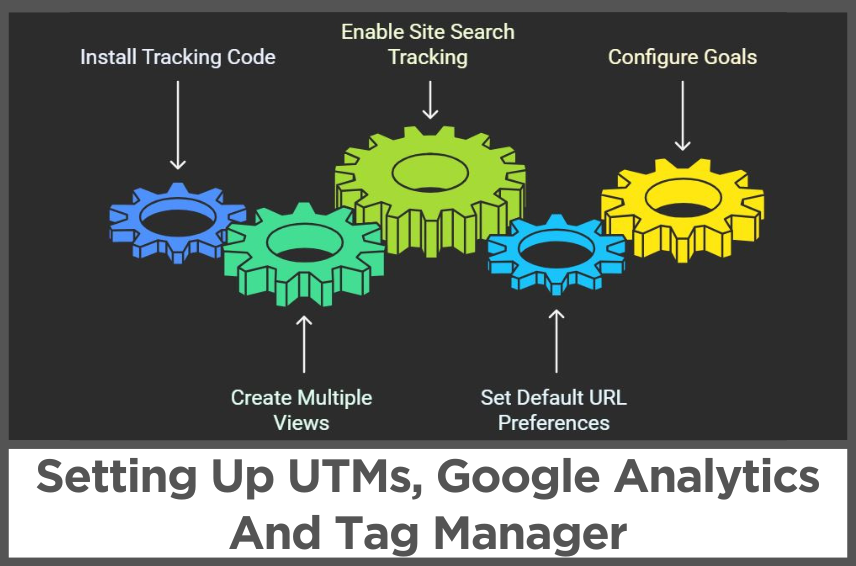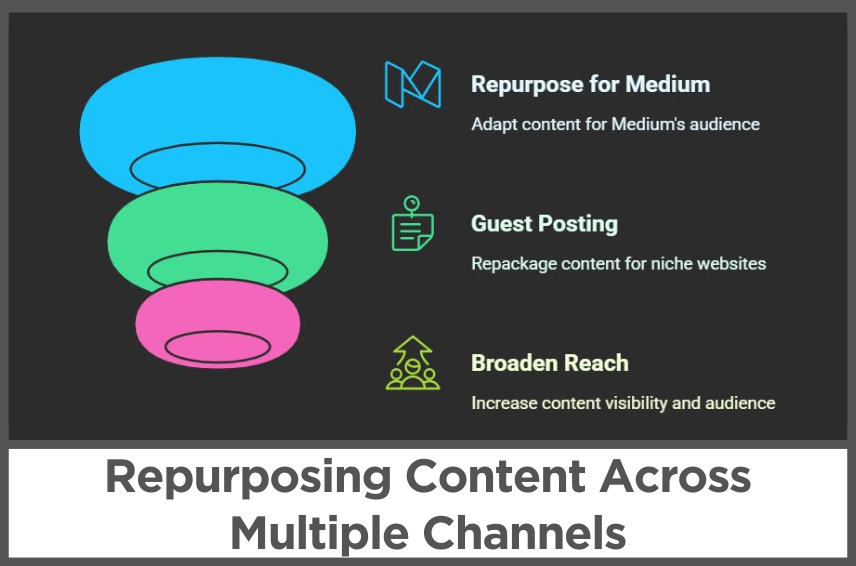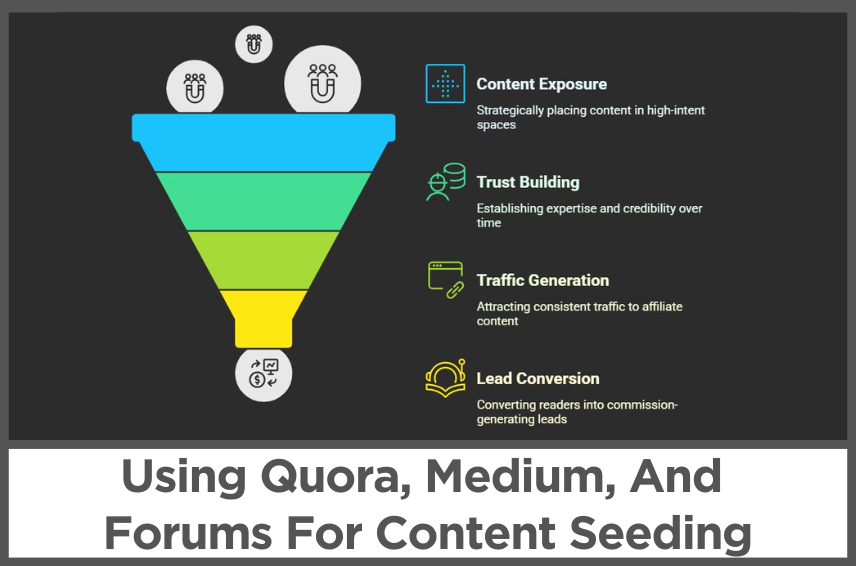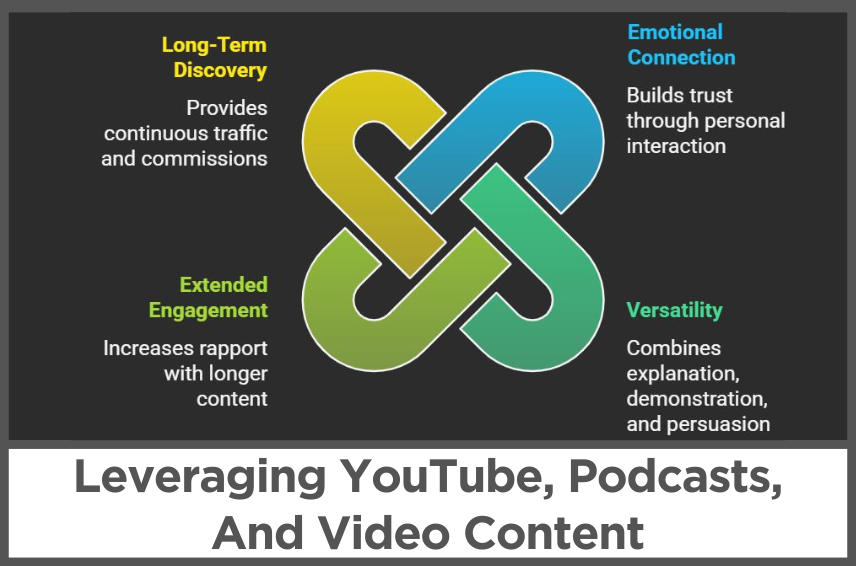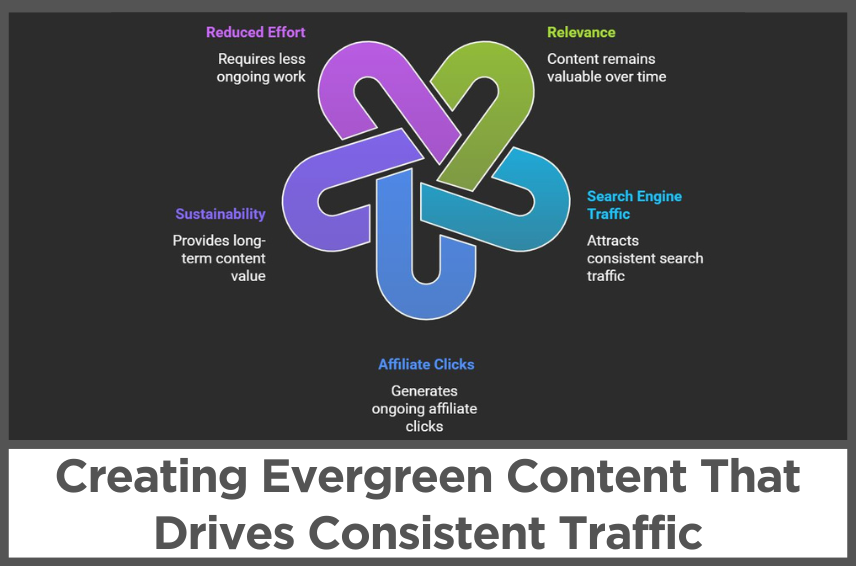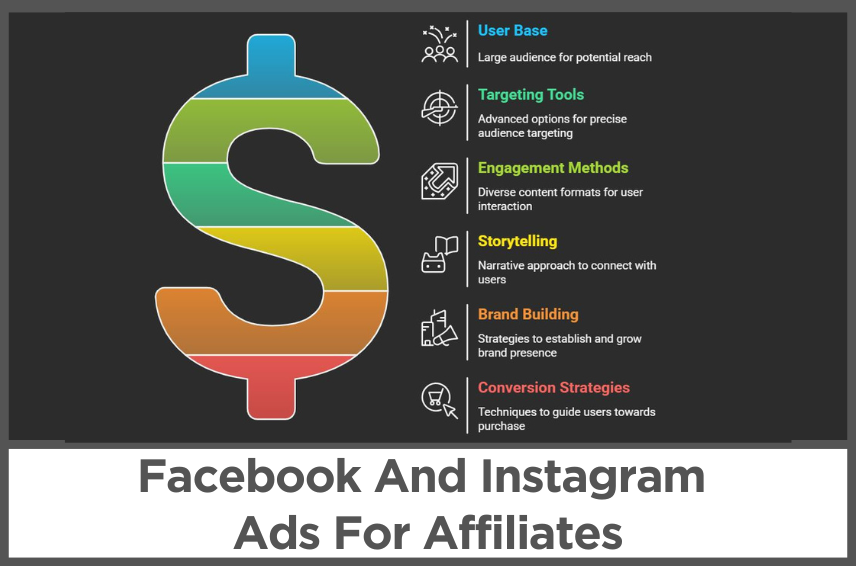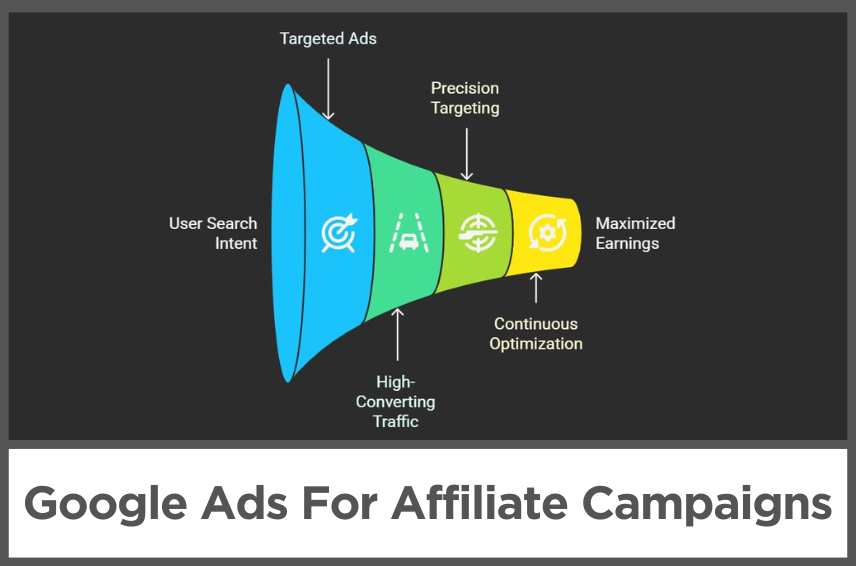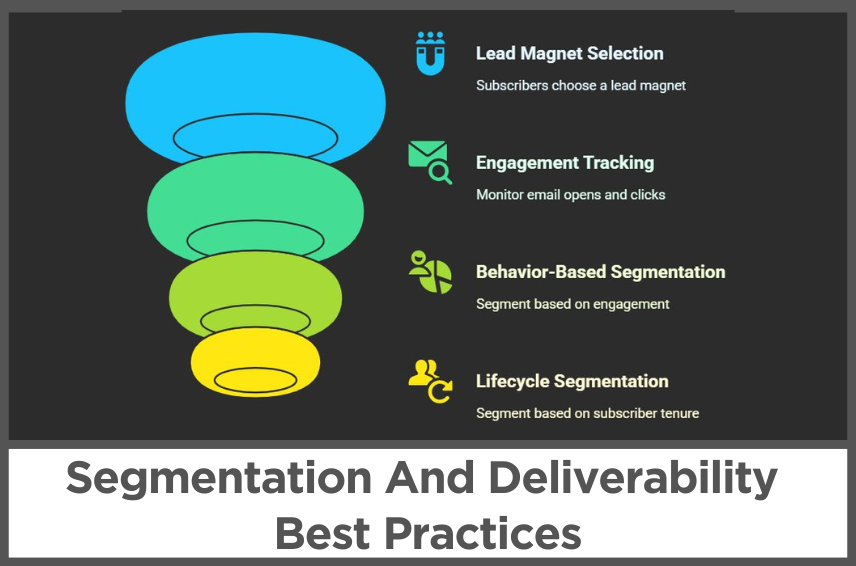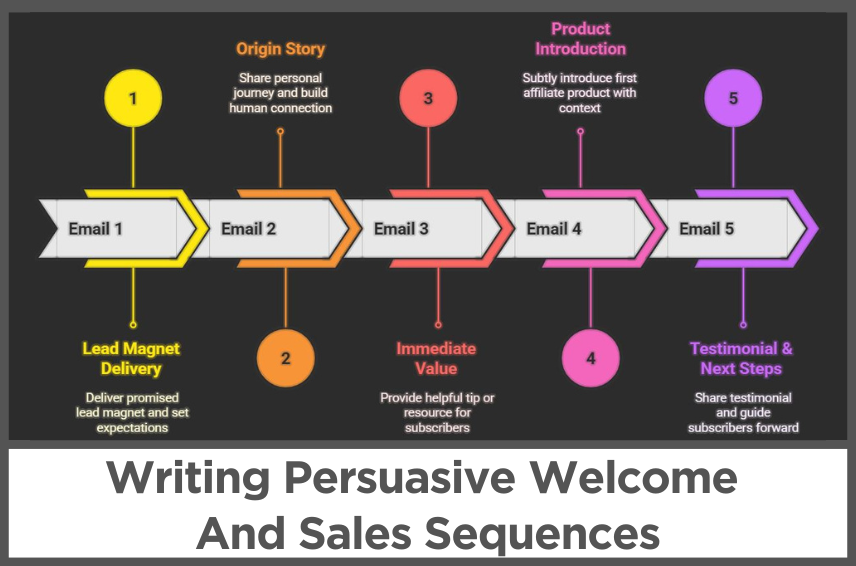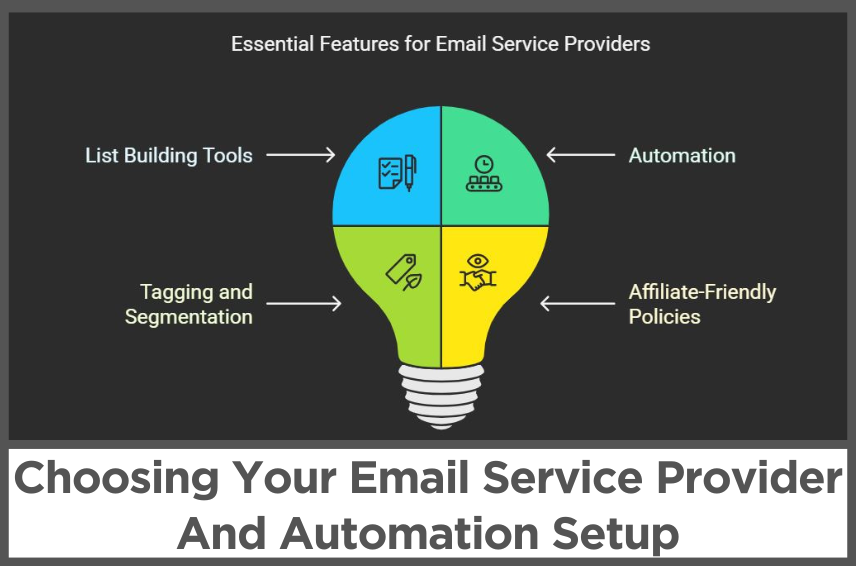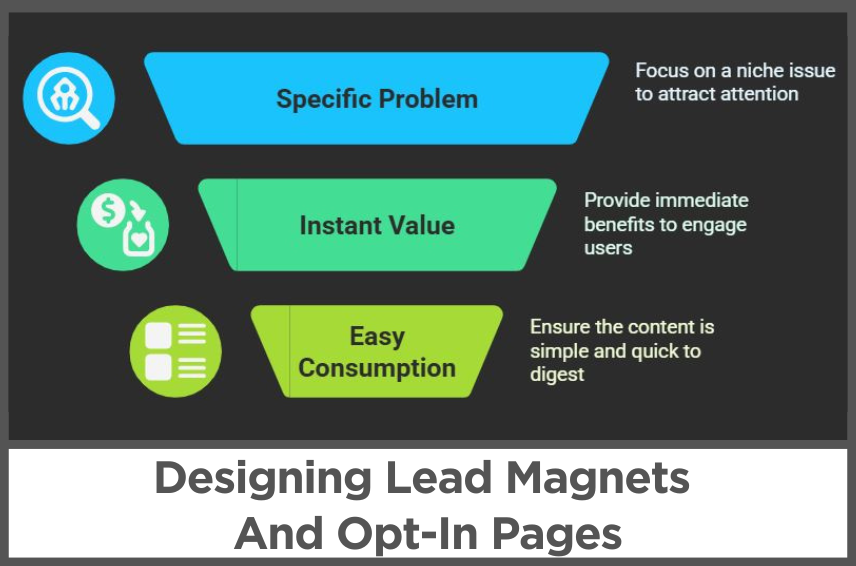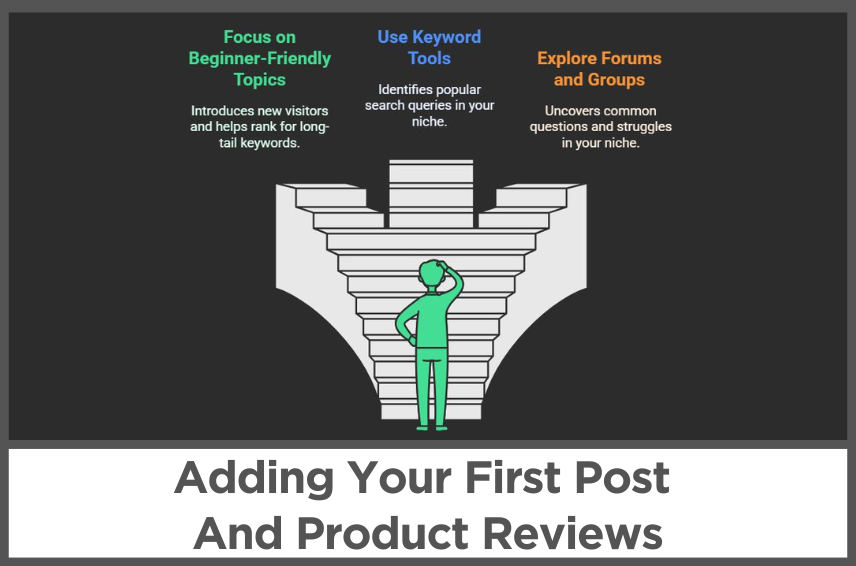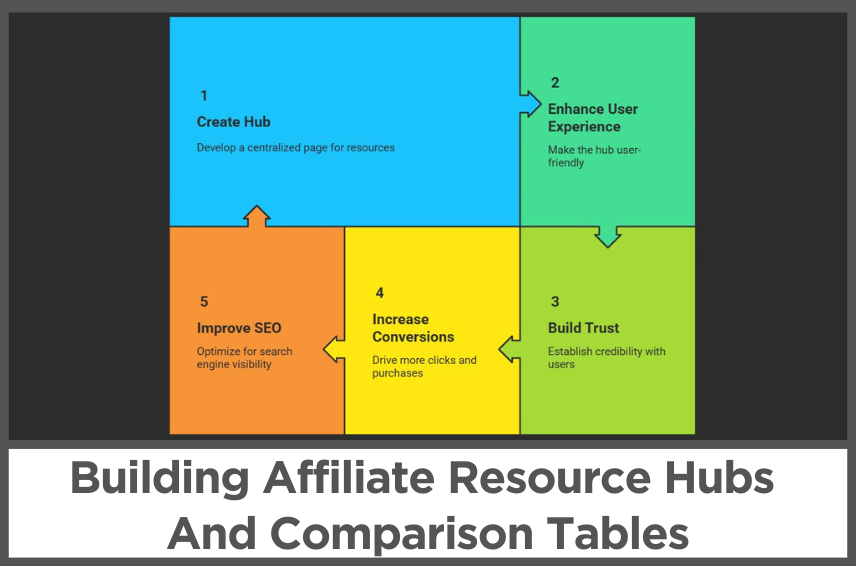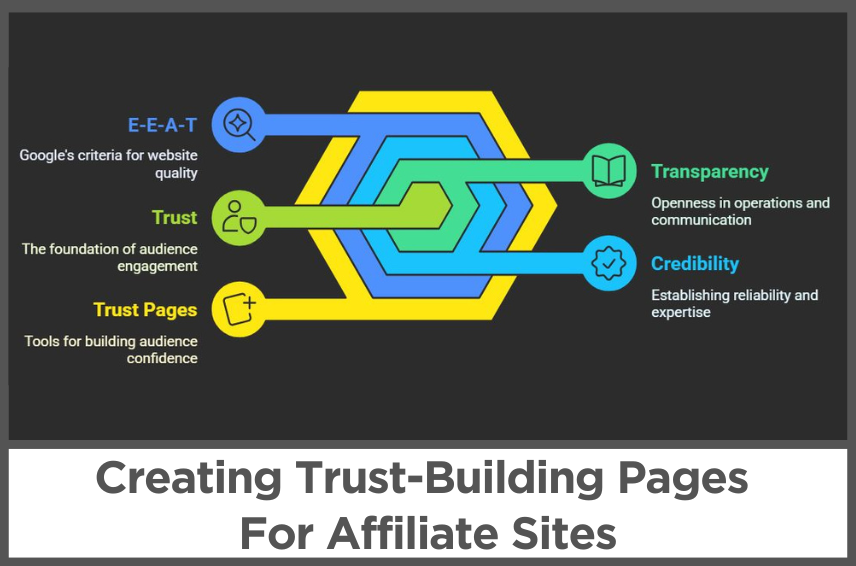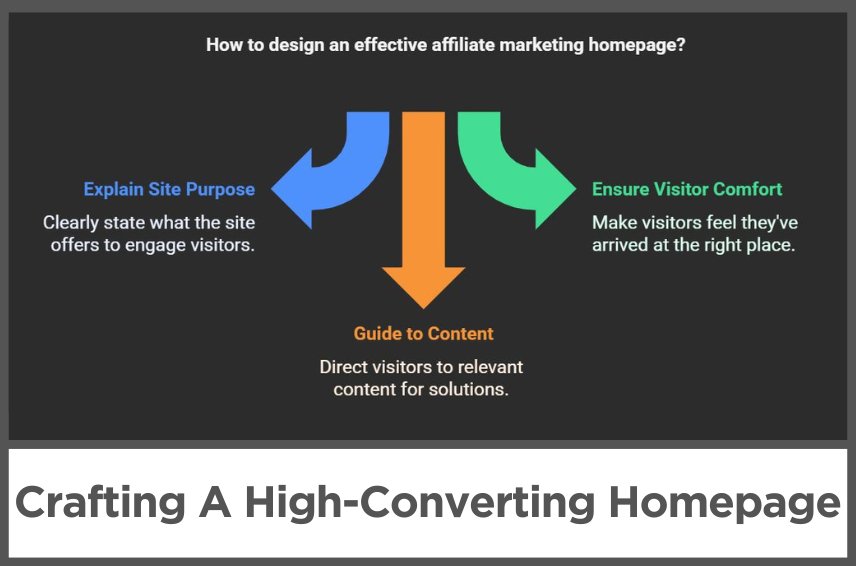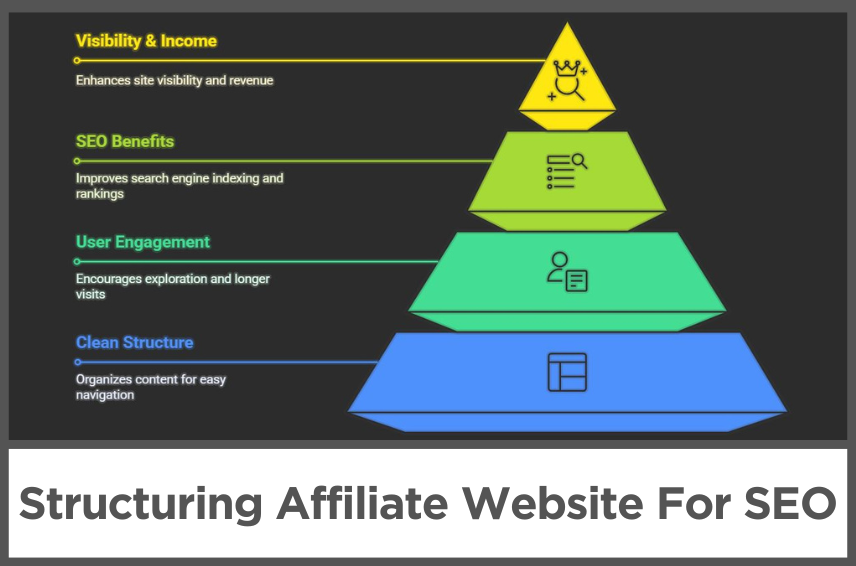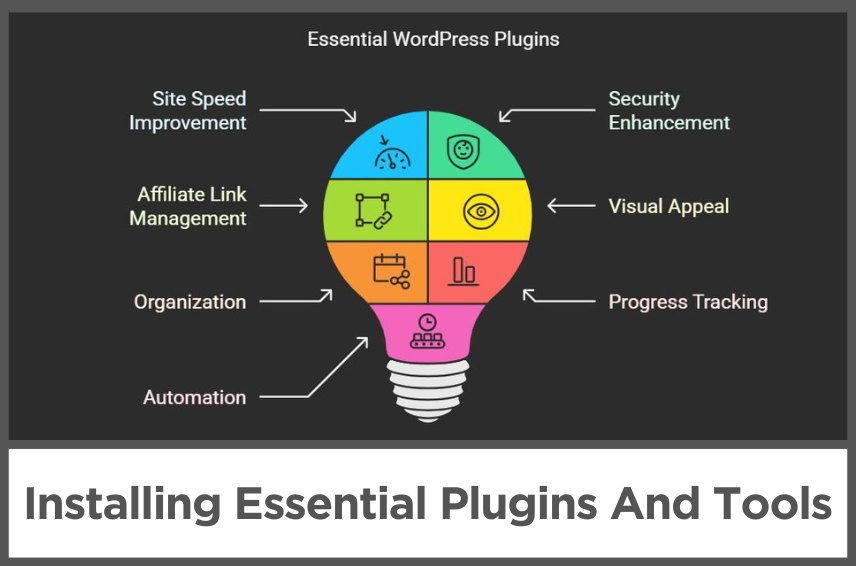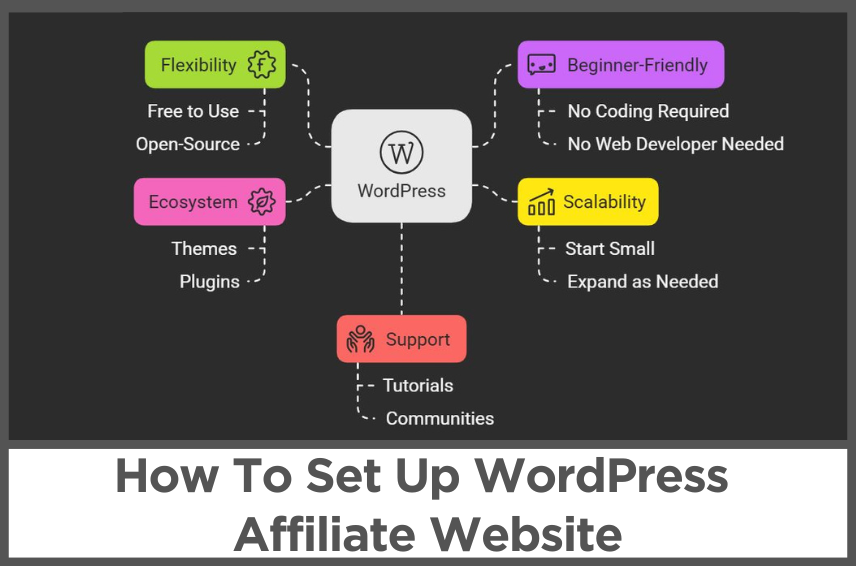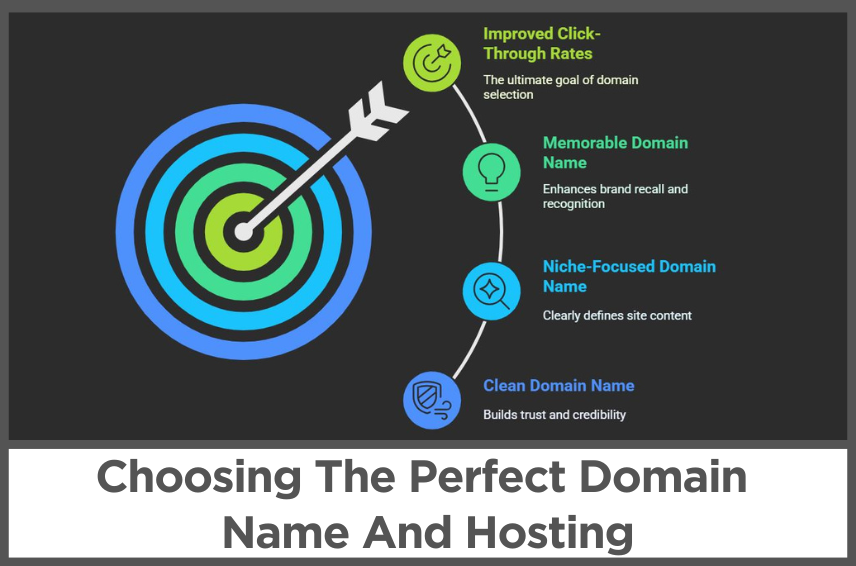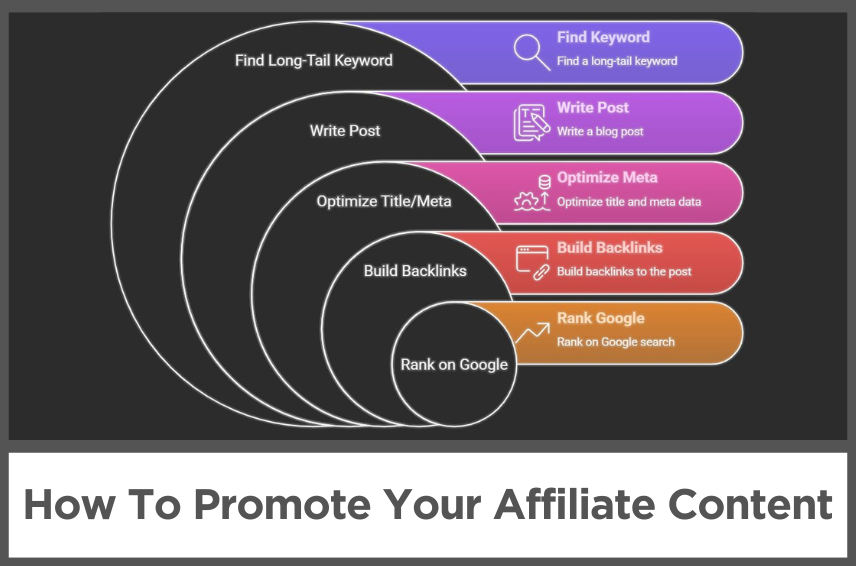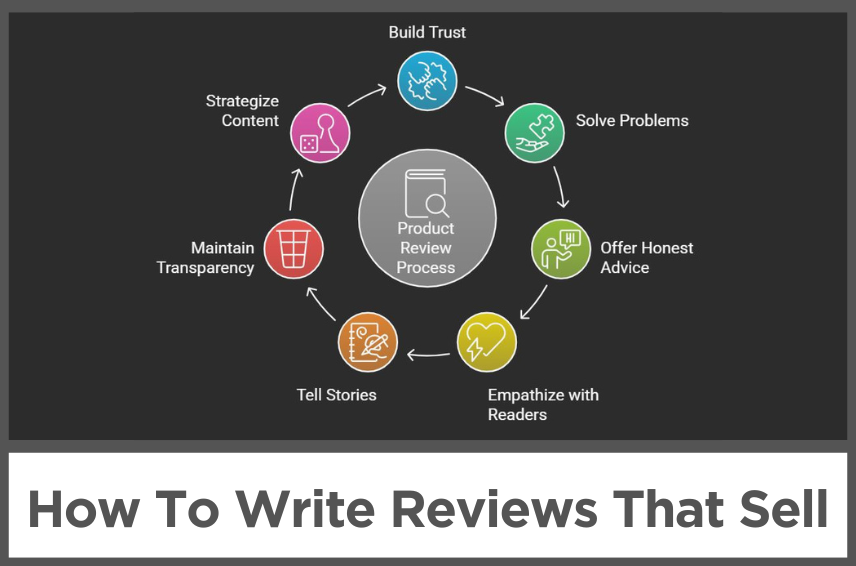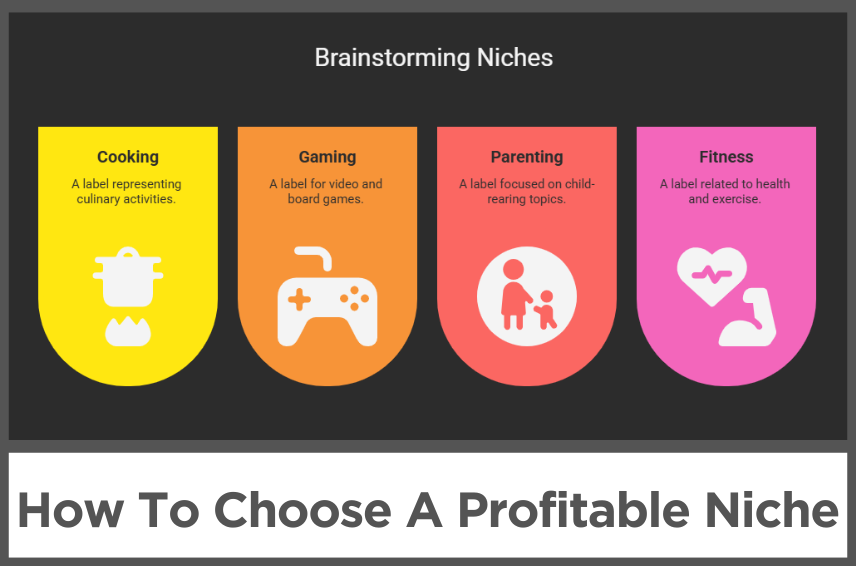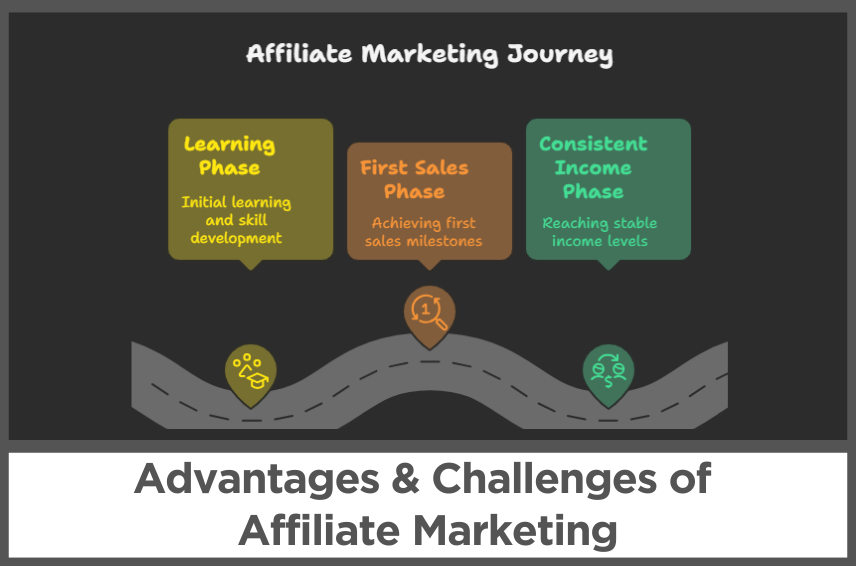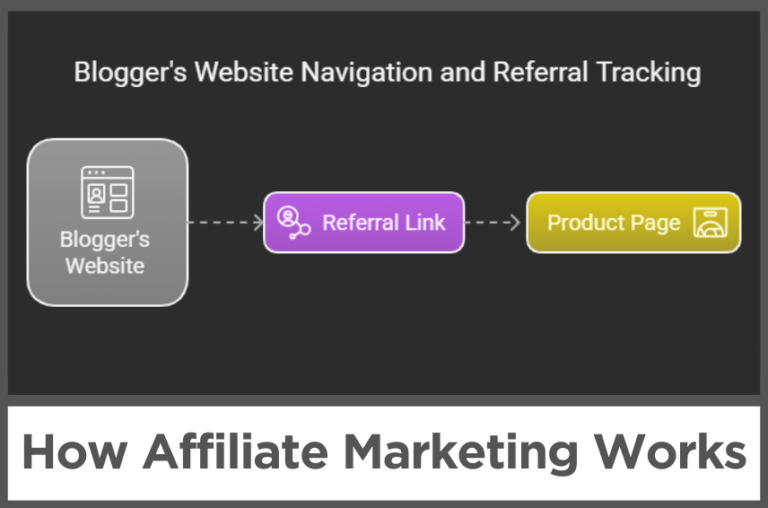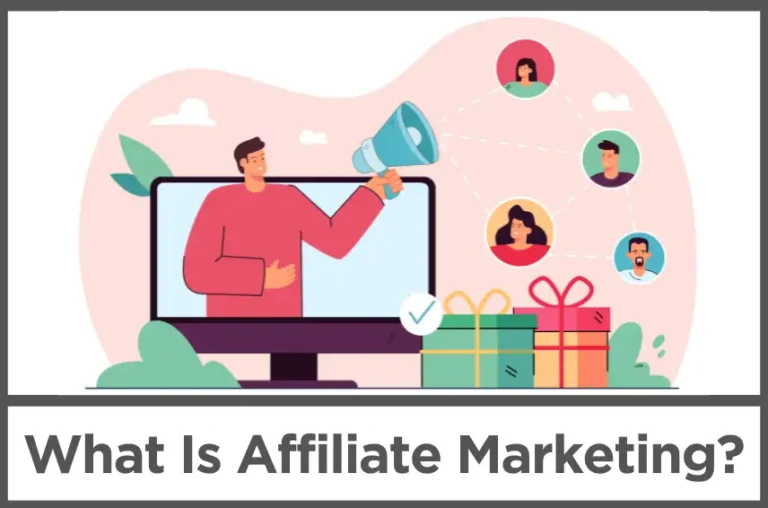M1.C4: Affiliate Marketing Platforms and Networks
by Abhigyan
Think of affiliate marketing platforms and networks as marketplaces that connect you (the promoter) with brands (the sellers).
Some are beginner-friendly. Others are built for pros.
And a few offer commissions so sweet, you’ll want to frame your first payout.
Let’s unpack the major players—from all-in-one giants to niche powerhouses.
Disclosure: Some of the links I share might be affiliate links. If you click on one and make a purchase, I may earn a small commission as a thank you. But don’t worry, it won’t cost you anything extra. I only recommend stuff I genuinely believe in. Your support helps me keep creating awesome content. You can read my full affiliate disclosure in my disclaimer page.
IN THIS POST :
ToggleAmazon Associates: The Beginner’s Best Friend
When it comes to dipping your toes into affiliate marketing, Amazon Associates is often the first stop for many beginners.
And for good reason. Almost everyone shops on Amazon.
Whether it’s kitchen appliances, pet toys, or even digital subscriptions, there’s a product for every niche.
This wide variety makes it incredibly easy for new affiliates to find items that match their content.
If you run a blog about home workouts, you can link to yoga mats, resistance bands, or protein powders—all sold on Amazon.
Plus, Amazon’s credibility helps with conversions.
People already trust the platform, so they’re more likely to make a purchase after clicking your affiliate link.
But there’s a catch: commissions are relatively low. Most categories offer between 1% to 10%, and in some cases—like electronics—it leans toward the lower end.
That’s why strategy matters. If you’re sending traffic to $10 phone cases, your earnings might barely add up.
On the flip side, recommending higher-ticket items like treadmills, high-end cameras, or office furniture can bump up your revenue.
Another often-overlooked advantage? The “24-hour cookie window.”
Even if someone clicks your link to check out a book but ends up buying something completely different—say, a $300 watch—you’ll still get the commission, as long as it’s within that window.
It’s not perfect, but for beginners, it’s a great way to learn the ropes without feeling overwhelmed by complicated approval processes or steep learning curves.
If you’re in the software or B2B space, PartnerStack should absolutely be on your radar.
It’s a niche affiliate network built specifically for SaaS companies—think tools like Monday.com, FreshBooks, Notion, and Unbounce.
What makes PartnerStack different is its focus on recurring revenue.
Most of the programs hosted here offer monthly commissions for as long as your referred customer keeps their subscription active.
For example, if you refer someone to a $50/month tool with a 30% commission rate, you’ll earn $15 every single month until that user cancels.
Multiply that by a few dozen referrals, and you’re looking at a reliable stream of passive income.
PartnerStack also makes it incredibly easy to get started. After creating your account, you can apply to partner programs that match your niche.
Many programs provide assets like banners, email templates, and product walkthroughs to help you create better content.
The dashboard is intuitive, and tracking is airtight—an important factor when you’re counting on recurring payments. Plus, the payout process is automated and consistent.
You know when you’ll get paid, how much, and from whom.
One of the best things about PartnerStack is the quality of the products.
SaaS tools are usually well-developed, frequently updated, and come with customer support.
This means less risk of angry users coming back to you with complaints.
But the flip side is that SaaS affiliate marketing often requires more education-based content.
People don’t usually buy a CRM or a scheduling tool on impulse.
You’ll need to create tutorials, case studies, or comparison articles to convince your audience that the product is worth it.
Still, if you’re in the digital marketing, productivity, or tech space, PartnerStack is an excellent platform to turn your influence into recurring income.
CJ Affiliate: Big Brands, Big Expectations
CJ Affiliate, formerly known as Commission Junction, is one of the oldest and most well-respected affiliate networks around.
You’ll find companies like Lowe’s, Priceline, TurboTax, and Office Depot here, which is perfect if you want to align your content with mainstream products and services that your audience already knows and trusts.
The potential for higher commissions and better conversion rates is certainly here—but so are the expectations.
Getting approved by CJ Affiliate and then by individual merchants inside the platform isn’t always a walk in the park.
They typically want to see that you have some existing traffic, a content-rich website, or a strong social media presence.
If you’re just starting out, you might face a few rejections. That’s not a reason to give up—it just means it’s time to refine your content, grow your audience, and circle back.
For example, a blog with a few well-written posts on budget travel could get approved by hotel booking platforms or travel gear retailers once it’s had time to build some SEO traction.
The backend dashboard at CJ Affiliate is powerful but can be a bit intimidating at first.
You’ll have access to detailed reports, deep link generation tools, and real-time performance data.
Once you get the hang of it, the insights can help you optimize your strategy and double down on what’s working.
And unlike some beginner programs, CJ gives you access to premium seasonal deals and exclusive promo codes, which can significantly improve your click-through and conversion rates.
It’s a step up, for sure, but one worth taking once you’re ready to scale.
Once you’ve outgrown Amazon or simply want more control and higher commission rates, ShareASale is a natural next step.
Think of it like walking into an enormous digital flea market—rows and rows of booths with merchants selling everything from niche beauty products to high-end tech tools.
With over 4,000 merchants to choose from, ShareASale gives you variety in both product types and commission structures.
This means you can tailor your affiliate partnerships to match your content and audience, whether you’re focused on home décor, fitness, personal finance, or software.
The platform itself is beginner-friendly, though navigating the merchant list can feel a bit overwhelming at first.
Thankfully, ShareASale provides useful stats like “Earnings Per Click” (EPC) and average commission rates.
These metrics help you make smarter choices. For example, if a skincare brand shows an EPC of $2.50, it means the average affiliate earns $2.50 per click—pretty solid if your audience trusts your recommendations.
Not all programs on ShareASale are created equal, though.
Some merchants offer 30% commissions on digital products or subscription services, while others might offer a flat fee or a low 5%.
You’ll need to do a little digging and experiment to find what performs best.
What really makes ShareASale shine is the balance it strikes between variety and manageability.
It’s a great stepping stone for intermediate affiliates who want more earning potential without getting too deep into complex tracking systems or exclusive application hoops.
The approval process is relatively easy, and many merchants accept new affiliates without a huge following—especially if you present a well-developed site with quality content.
Just be ready to put in a bit of time researching each program to ensure it’s the right fit for you and your audience.
Impact: The Modern, Tech-Savvy Powerhouse
Impact is the platform where serious affiliates and fast-growing brands meet.
Sleek, modern, and built with scalability in mind, Impact is designed for affiliates who treat their business like a business.
It hosts thousands of brands, including big names like Walmart, Adidas, Airbnb, and Canva, making it one of the most dynamic and diverse networks out there.
What sets Impact apart is its clean interface, advanced tracking tools, and flexible contract structure.
Brands can offer custom deals, recurring commissions, or hybrid payout models—something you won’t see in traditional affiliate platforms.
What makes Impact especially appealing is its real-time reporting. You can track everything from clicks and conversions to earnings with stunning accuracy.
This helps you fine-tune your content strategy down to the product level. Say you’re promoting three different software tools.
If one shows a higher conversion rate despite fewer clicks, that’s where you double down. Plus, the onboarding process is smooth.
You sign up for a free account, browse through partner programs, and apply to those that fit your niche.
The approval process varies by brand, but many are willing to work with smaller creators if your pitch is strong.
The platform also offers tools to manage influencer-style campaigns, which means if you have a social media following, you can negotiate special rates, request bonus payouts, or even land exclusive launch campaigns.
For affiliates promoting SaaS products or subscription-based tools, Impact’s tracking is top-notch and reliable, ensuring you get recurring commissions accurately and on time.
This is the platform for marketers who are scaling up and want more control, better data, and bigger brand partnerships.
Niche SaaS Affiliate Networks
SaaS affiliate programs are a goldmine—but only if your content is strong and your audience trusts your recommendations.
Unlike physical products, which people can see and touch, SaaS tools solve intangible problems—like productivity bottlenecks, email marketing, or team collaboration.
That means potential buyers do a lot more research before purchasing, and your content plays a bigger role in their decision-making.
Niche SaaS affiliate networks specialize in high-commission, often recurring payout models for software tools.
Think ConvertKit, Systeme.io, Jasper AI, TubeBuddy, and Beehiiv.
Most of these tools aren’t on major networks like ShareASale or Rakuten; instead, they run their own standalone or mini-network programs.
The beauty of SaaS affiliate marketing lies in recurring commissions.
Imagine recommending an email automation platform like ConvertKit that pays 30% monthly commissions.
If someone signs up for the $50/month plan through your link, you earn $15 every single month—for potentially years.
Do that ten times, and you’ve built a $150/month passive income stream.
Many of these programs also offer lifetime attribution, meaning that even if your referral delays their purchase by a few weeks, you’ll still get credit as long as they used your original link.
However, there’s a trade-off: selling software requires education. You can’t just drop an affiliate link into a tweet and expect sales.
You’ll need to create tutorials, comparison videos, case studies, and walkthroughs.
But this deeper content builds trust, which makes your audience more likely to act on your recommendations.
Additionally, because many SaaS tools operate in competitive B2B niches, their affiliate managers are more hands-on.
They often provide dedicated support, early access to beta features, and personalized guidance to help you succeed.
It’s a more intimate affiliate experience—less “one-size-fits-all,” and more “how can we grow together?”
So, if your niche leans toward entrepreneurship, digital marketing, online education, or remote work, diving into SaaS affiliate networks can be one of the most lucrative moves you make.
It takes more effort upfront—but the long-term payoff, both in earnings and audience trust, is unmatched.
How to Choose the Right Affiliate Network
Choosing the right affiliate network isn’t just about chasing the highest commission.
It’s about alignment—between what you promote and who you’re promoting it to.
If your audience is made up of tech-savvy entrepreneurs, a lifestyle affiliate network with fashion brands won’t convert nearly as well as one filled with SaaS tools or automation software.
The first step is to understand your niche deeply. Ask yourself what your readers, viewers, or followers already use or aspire to use.
Are they beginners looking for affordable options or professionals willing to pay a premium for quality?
From there, evaluate the network’s ease of use.
Some platforms like Amazon Associates have beginner-friendly dashboards, while others like CJ Affiliate or Impact offer more complex, data-rich interfaces designed for seasoned marketers.
You should also look into payout thresholds and frequency.
If you’re working with a tight budget or new to the game, platforms with lower payout minimums (like Amazon or PartnerStack) can keep your cash flow healthy while you scale.
Another thing to consider is the type of support provided. Does the platform offer an affiliate manager, live chat, or a solid knowledge base?
Support can make or break your experience, especially when dealing with tracking errors or missing payments.
Lastly, reputation matters. Look at user reviews, community forums, or Reddit threads.
Has the network been around for a while? Are there frequent complaints about late payments or shady programs?
A good rule of thumb: if you can’t find consistent, transparent information about how they operate, it’s not worth the risk.
When in doubt, test a few programs across different platforms and monitor which one performs better.
Sometimes the network that looks less flashy ends up being the steady earner.
Red Flags: How to Spot Shady Programs
For every legit, well-run program, there’s a sketchy one hiding behind flashy landing pages and big promises.
As a beginner, it’s easy to get pulled into something that looks like an opportunity but turns out to be a time-sucking trap.
So how do you tell the difference between a real affiliate program and a straight-up scam? It starts with knowing the red flags.
First, legit affiliate programs are always free to join. If a program asks you to pay an “entry fee” to start earning commissions, close the tab immediately.
Real affiliate networks make money when you make sales. They don’t need your $49.99 upfront fee for “exclusive access” or “training materials.”
That’s a classic pyramid-scheme move dressed up in affiliate clothing. Remember: your job is to promote the product, not buy your way into the program.
Another major red flag is the lack of transparency.
A trustworthy affiliate program should have a clear contact page, including a physical address, support email, and ideally some human behind the scenes you can reach out to.
If you can’t find any way to contact them—or worse, the website is just a bunch of flashy landing pages with no About section—that’s a problem.
Imagine promoting a product and having no one to call if your commissions go missing. Not worth it.
Then there’s the over-the-top marketing language. If a site promises you can earn “$1,000 per day while you sleep, with zero effort,” run the other way.
Real affiliate marketing takes time, testing, and consistency.
Anyone selling you instant riches is likely more interested in your sign-up than your success.
Some of these shady platforms even offer fake testimonials, countdown timers, and “limited-time spots” to create urgency. Don’t fall for the pressure.
A quick way to check the legitimacy of any program is to search “[program name] + scam” on Google, Reddit, or niche forums like Warrior Forum.
You’ll find honest feedback from other affiliates who’ve tried it. Reddit in particular is a goldmine of brutally honest opinions.
If you see multiple complaints about late payments, zero customer service, or people getting banned right before payout, consider that your warning light.
Scams can drain your energy and credibility. Imagine promoting something to your audience that turns out to be a rip-off.
Not only do you lose trust—you also lose time that could’ve been spent building something real.
So trust your gut, do your research, and remember: if something feels too good to be true in affiliate marketing, it probably is.
What’s Next?
Now that you know which affiliate network is best for you, it’s time to find your niche.
In the next chapter, we’ll dive into choosing a profitable niche—one that matches your interests and has hungry buyers.
Ready to turn your passion into paychecks? Let’s go!
Next Chapter:
Previous Chapter:
Abhigyan Mahanta
Hi! I’m Abhigyan, a remote web developer and an affiliate blogger. I create beginner-friendly guides to help new affiliates get started and grow in affiliate marketing. I also share information on remote companies and interview preparation tips.

